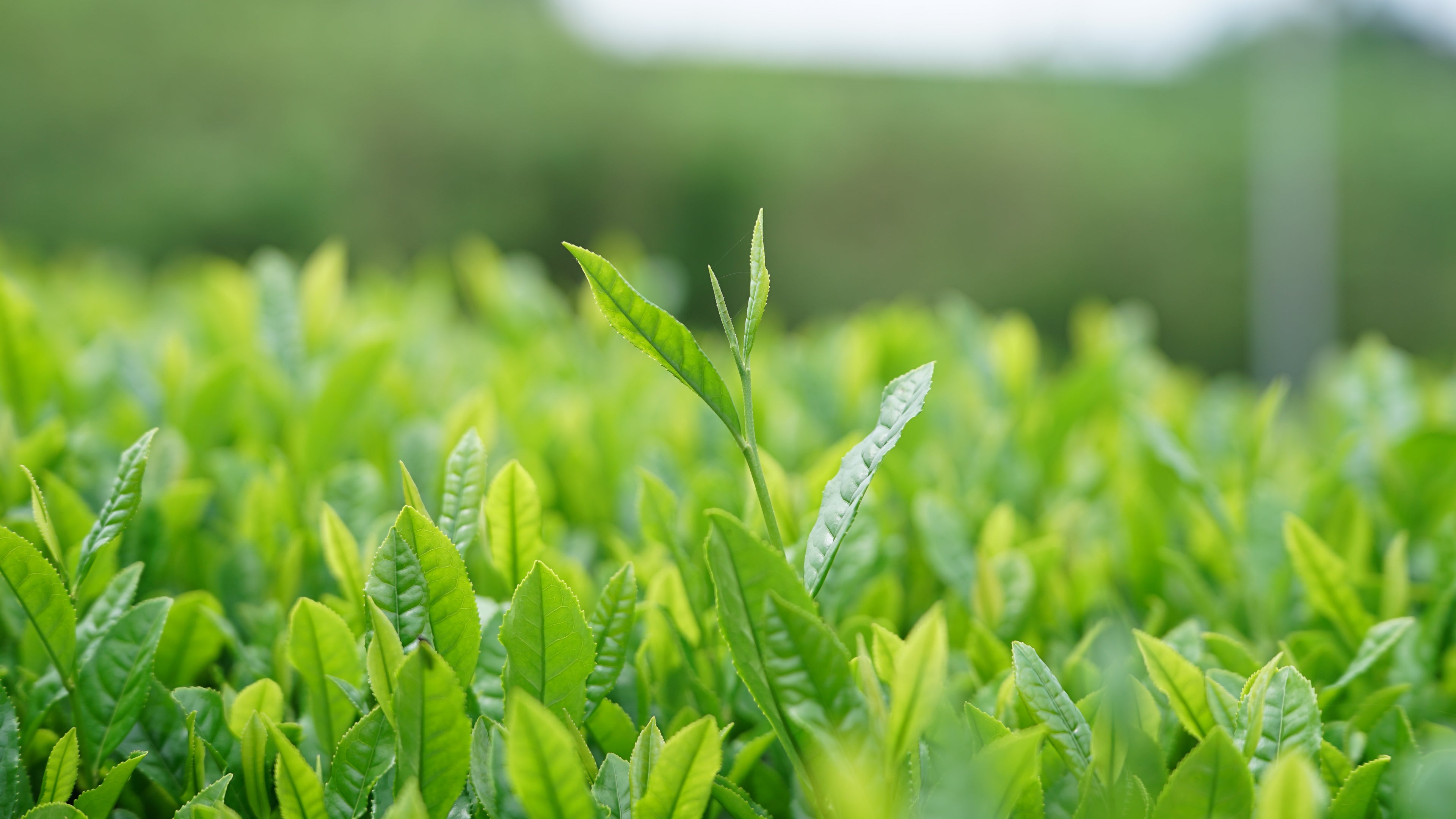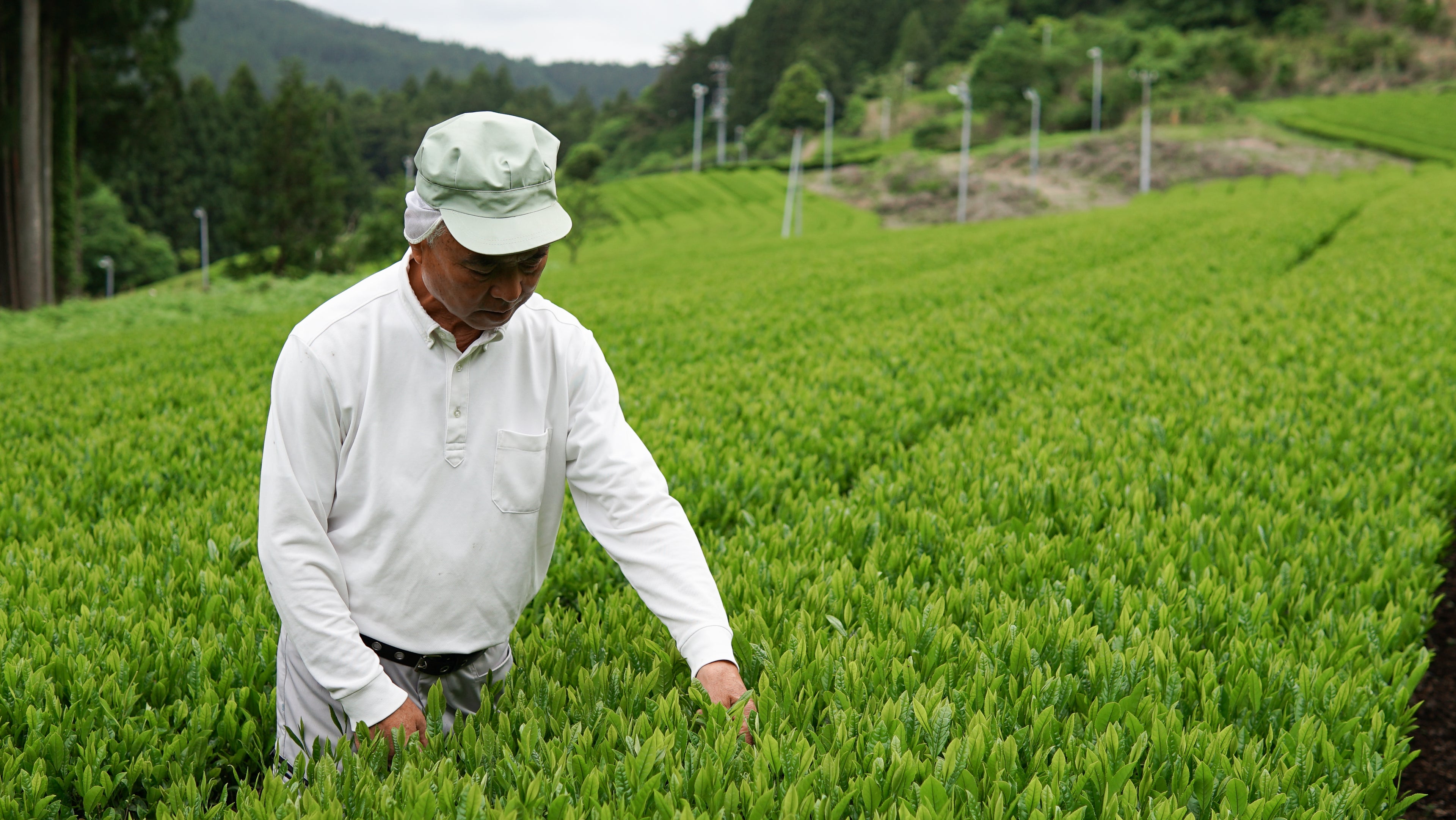“Ocha” consists of “O” and “Cha,” “O” being a polite prefix showing respect for tea and its recipient, and “Cha” primarily referring to “green tea.” Its meaning is not limited to drinking tea; it is an essential part of Japanese daily life, synonymous with tea ceremonies, taking a short break from work, and spending time with friends.
With high nutritional value, tea was originally consumed as medicine. Later, samurai warriors began to drink it at social gatherings. Through tea ceremony and Zen training, tea became a way to entertain as well as calm the mind.
Japan's beautiful climate, rich soil, abundant water, and sunshine nurture high-quality tea leaves. Farmers produce its taste through careful cultivation, using delicate techniques refined over centuries.
Adapting to the environment and processing methods produce different tastes and aromas. Even those who normally don’t like an astringent taste or powerful aroma can enjoy tea.
WHAT IS JAPANESE TEA?
The more you know, the more interesting the world of Japanese tea becomes. We will introduce the basic knowledge of Japanese tea and its main types, touching on each type’s characteristics. We hope you will find this information useful in your selection of ocha.
HOW JAPANESE TEA (SENCHA) IS MADE
The process of making Japanese tea does not simply end with plucking and drying the tea leaves, which is called "rough tea.” Tea leaves are plucked, steamed, squeezed, and dried in multiple stages before they are ready to be sold as a product in stores. That tea is called "finished tea," and it is made by further processes such as combining, sorting, and heating the rough tea leaves. The following is a brief description of the process to produce Sencha, the most recognizable Japanese tea.









